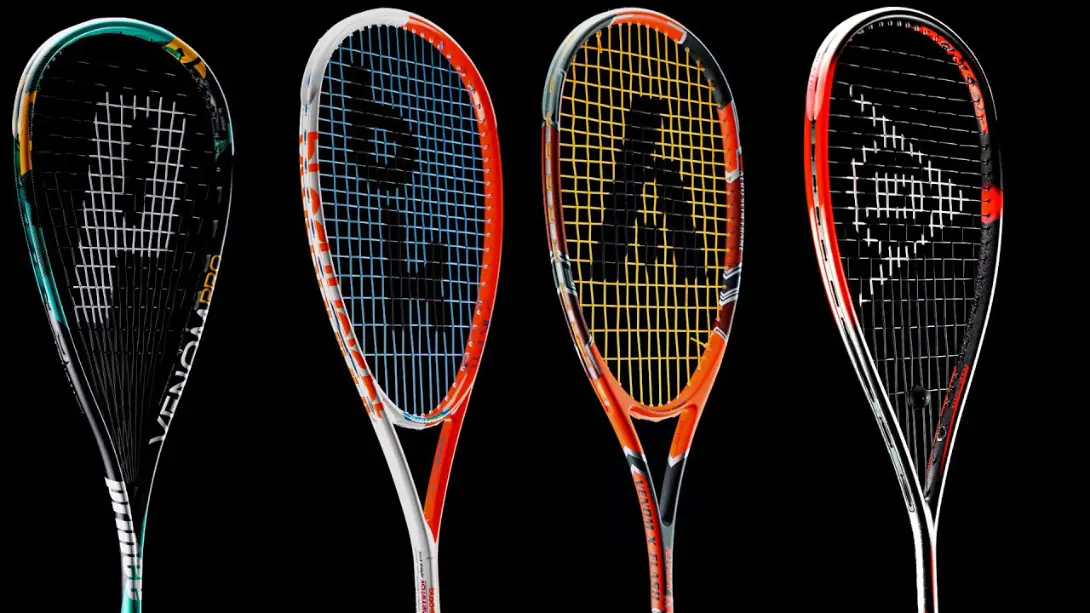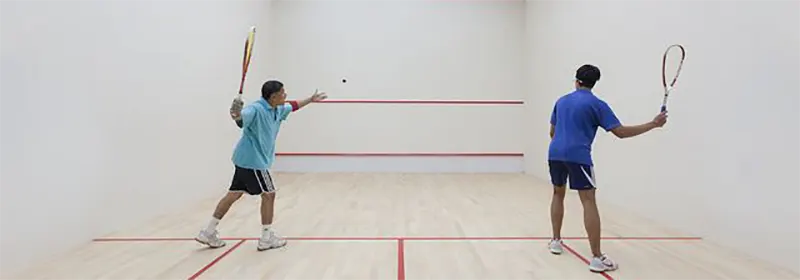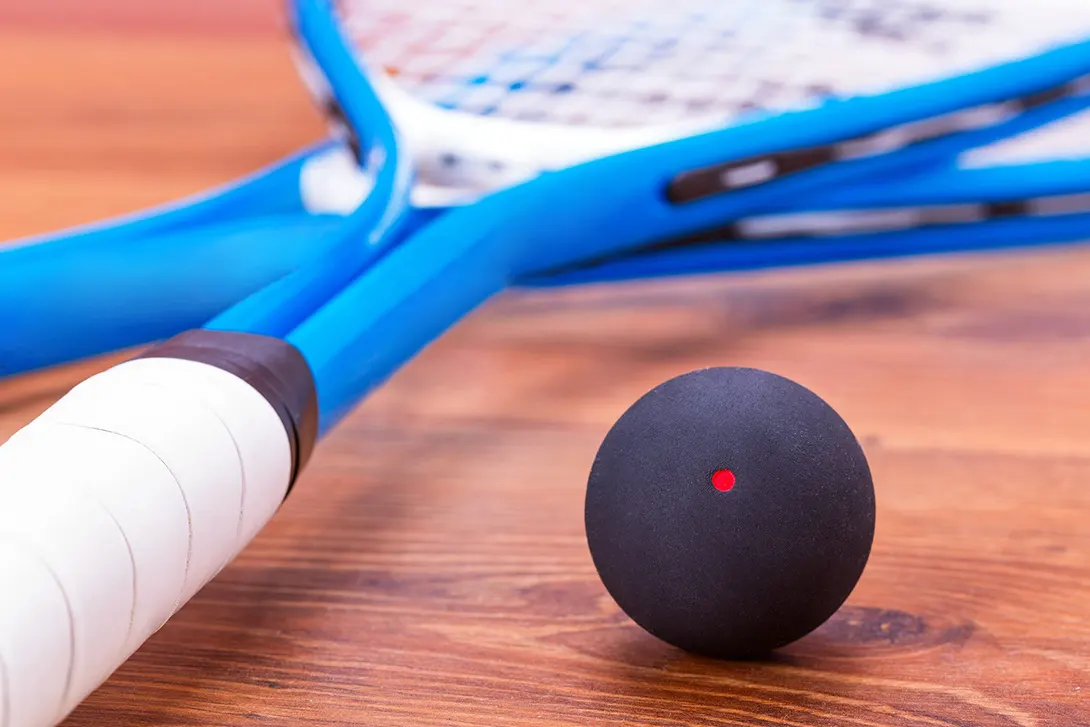09 December 2022 / 3-Min Read / Translate
I’ve seen “experts” and idiots alike give very detailed and prescriptive answers to this question and I disagree with most. I take the view that telling beginners what they “can” and “can’t” use is wrong. How a racket feels is no different than how food tastes or what clothes to wear: you have to try it and see what *you* like.
Before we look at some considerations, let me give you my thoughts.
When I coached complete beginners, I took the approach of starting with a medium-weighted, medium-balanced racket, either throated or teardrop shaped (whatever I had to hand) and get the player to begin to understand simple, short swings and learn to judge the bounce. I would then let them try a few different types rackets and choose the one they felt most comfortable using. That is my belief: Let the player choose.
Of course, I still get asked that question because people want guidance when buying rackets, in which case I suggest what I always have: a medium-weighted (between 120-150 grams), medium-balanced racket, with probably a teardrop-shaped head. The size of the grip is possibly more important that head shape though.

If I had a Euro for every time I heard or read that “A beginner must use a (insert heavy or light) racket”, I would probably be able to turn my heating on this winter. There are good arguments for both, as well as the middle ground.
HEAVY: Some players and coaches recommend heavier rackets in the belief that the extra weight is helpful for hitting the ball better, which in turn makes squash more fun when first starting. They also believe that it strengthens the muscles faster. There is also the aspect that when a player has developed better technique they will feel the benefit of using a lighter squash racket.
LIGHT: Proponents of this approach believe that using a light racket makes it easier to learn and use the correct swing technique. They believe that lighter rackets will be used by the player eventually anyway, so why start with something you will have to change anyway? In the past, heavier might have meant stronger, but that’s not strictly true nowadays.
MY THOUGHTS: I believe that the middle ground is the best starting point. I see both sides of this debate and what seems more important is the conviction of the coach and their approach. However, if you use the same approach for all pupils then I begin to disagree slightly.

As long as they are having fun, that's all that matters
I prefer a head light racket. But I don’t force that preference onto my pupils. As with the weight debate, there are solid arguments for each choice.
HEAD HEAVY: This seems to be a trendy option at the moment with Mr. Ali Farag (World Number 1 at the time of publication) getting most of the attention. Supporters say that with most of the weight in the head, that momentum can be transferred into the ball. It does require good technique and a strong forearm to take advantage of that balance though.
EVEN BALANCE: Neither head heavy nor head light. It’s the vanilla choice. Allows the average beginner and club player the option of some last-second flick, without causing wrist injuries. A combination of touch/control and power.
HEAD LIGHT: This balance of racket feels the lightest. You could take a heavier racket that was head light and it could feel lighter than a light racket that was head heavy. The disadvantage of this type of racket is that if the ball is not hit in the sweet-spot, the racket head will twist and the resulting shot won’t be very good.
MY THOUGHTS: You already know that I belief an even balance racket is best for beginners, at least until the develop a preference. If I had to choose the next option it would probably be head heavy as that can help the player feel a more solid hit.
I agree with the general consensus that a teardrop-shaped squash racket has more power than a throated one. But I also believe that a throated racket has more control than a teardrop-shaped racket. However, plenty of pros play with teardrop shaped rackets and they don’t need the power.
So the question becomes “What does the beginner need more of: power or control?” And that is the simple guideline I use for offering advice to new players. Having more power that you can’t control is no good and having beautiful control with almost no power is useless. But it’s important to understand that this is only a starting point. if it seems to me that a player needs more power and we try an teardrop-shaped racket and they dislike it, I am not going to force them to continue using it.
I’ve used teardrop-shaped rackets that had plenty of control and throated rackets that had lots of power. What’s more important is how it feels to the learner, not how it feels to the coach!

Don’t buy rackets that look like this. If it has two shafts it’s 99.99% going to be aluminium, and you don’t want that.
Personally, any talk of strings and string tension in relation to a beginner is like talking about gear ratios for a a learner driver. It’s not needed at this point in their squash development. over-thinking and worrying about these things doesn’t make you a better player, it focuses your attention on the wrong areas.
However, getting the right grip size *is* very important. I’m not talking about the technical aspect of holding a racket, although that is very important, I’m talking purely about the size of the handle on the racket: the grip. Too big and the player will never be able to how the racket tightly enough on impact. too small and the racket will twist in their hand. The middle finger should be very close or just touching the base of the thumb.
Avoid buying a racket until you have tried a few different brands and models. if you have to buy something, avoid aluminium squash rackets – they are strong but not very good. Start with something that is neither very heavy nor very light. Don’t even worry about the balance or head shape. use it for 6 moths to a year and in that time, try every single racket you can. Then you can be more selective in your choice.